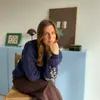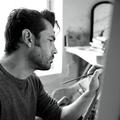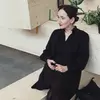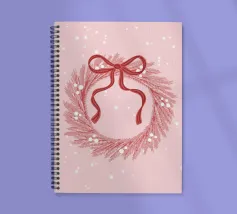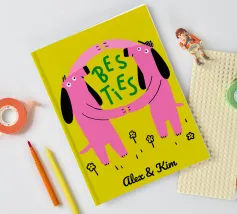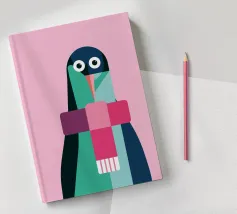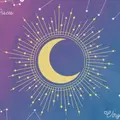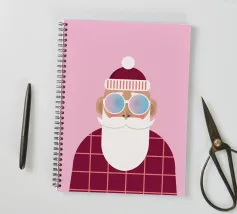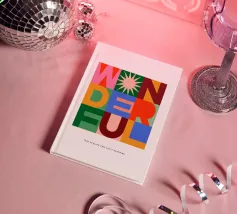Discover giftsPersonal GiftsAll gift ideasCreate your photo collageDesign notebook Design tea towel Design mug Design towelDesign cushion For KidsGifts for KidsCute and cool wall artDisney Stitch GiftsDisney PrincessStar Wars™Trend gifts & moreTrend Designs for BestiesPlanners 2026Dopamine Decor Xmas Sticker CollectionGift Vouchers
Discover Highlights
Designs you'll love.
Our bestsellers. Place any design on the product of your choice.
New for you in December:
Discover the latest designs at JUNIQE!
DISCOVER THE COMMUNITY BEHIND OUR DESIGNS
Secure a 10% discount - for your first work of art
Receive hand-picked art trends, inspiration for your walls and exclusive discounts - straight to your inbox.

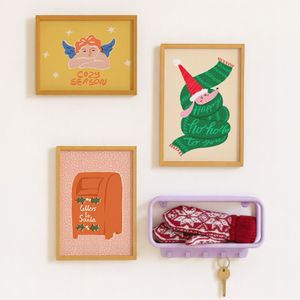









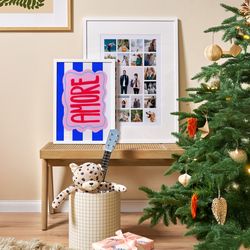


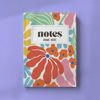






























:quality(75))
:quality(75))
:quality(75))
:quality(75))
:quality(75))
:quality(75))
:quality(75))
:quality(75))
:quality(75))
:quality(75))



